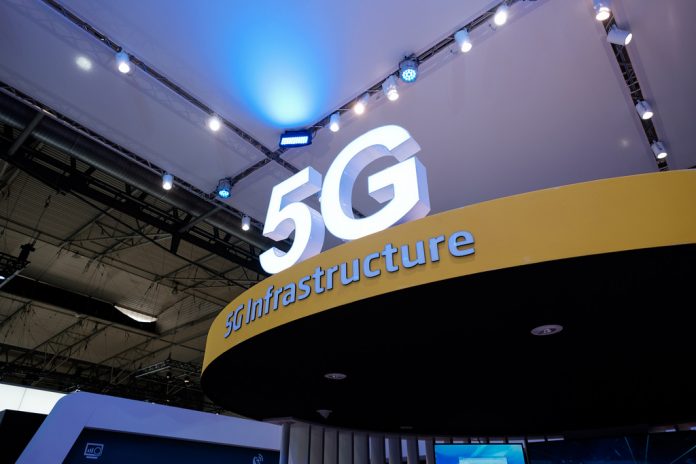As the year begins, the technological advancements that will come with it are being contemplated. Amongst the many different innovations that will surface over the next year, perhaps the most anticipated is the 5G network. Although many parts of the world still struggle to get 4G or LTE network technology, 5G phones are in the early stages of development and are expected to hit the market this year.
The Forthcoming 5G Technology
It is possible that the first people who buy 5G phones may not get a 5G signal. Yet, people will buy them knowing they will have something that might actually last for a while into the future. But knowing technology, the next advancement will be right behind it. Still many brands have confirmed that they are introducing 5G in the coming year. Samsung, Sony, OnePlus, and Huawei have openly said that this is their plan. Google and Apple haven’t said much, but the tech giants surely have 5G hidden up their sleeves.
5G, or the fifth generation mobile network, is already available in the United States. While it in isn’t yet widely used, a specialist from MoneyPug, a site commonly used in the UK to compare mobile phone contracts, said that 5G could be up to a hundred times faster than 4G. It will provide the ability to download a full-length feature film in around ten seconds. Meanwhile 4G takes about ten minutes to do the same.
The technology has come a long way from the first generation mobile network, which only carried voice analog signal. Now, not only will 5G be able to make phone and video calls, access the web, as well as upload and download files, it will do so at a rate of 1 GB per second. Some estimates are even showing that it may function at 10 GB a second. It will also be much more latent, meaning that there will be very little delay.
High Speed and Capacity Developments
This high-speed ability will contribute to the performance of everything from playing games to interacting with automated cars, where delay could be the difference between life and death. The capacity of these devices will be much greater, and will be able to handle everything from running multiple applications at once to connecting with virtual reality programs. This may sound like science fiction, but this technology will lead to advertisements on windows and other open spaces when you are using VR.
Another development that 5G will facilitate is drone delivery services, which are already being tested by Amazon. Holographic video will also be more widely used, enabling 3-D medical imaging in addition to a wide range of holographic possibilities. Some see 5G as not just a new network, but a revolution in technology in general. The future, as they say, is now.
5G may not only advance technology, pushing it into a new realm, it may save us time and money as well. The telecommunication company O2 recently forecasted that the United Kingdom will save £6 billion a year in productivity savings. According to the company, households could save up to £450 a year through smart fridges, electric automated cars, and smart grids that will be enabled by the revolution of 5G. And this isn’t all. Councils could save up to £2.8 billion a year with the developments of smart bins and new energy-saving lighting.
The bottom line is that no one knows what the future holds, how 5G will create new technological advancements, or how long it will take.
Waiting for the Future
While the future feels just around the bend, it may take longer for 5G to arrive than the forthcoming media may imply. Much of the world is far behind 5G. Even the UK may not see wide coverage until 2020. Although the mobile network that will enable new technologies is available in the United States and will soon be available elsewhere, it will take a while for the average person to upgrade. Even when the network is wide and people have 5G phones in their pockets, the technologies above will still need to developed and tested using mobile technology. At the present moment, technologies like hologram, automated cars, and virtual reality are only being used with computers that have higher speed and higher capacity to run programs that require a lot of bandwidth.

